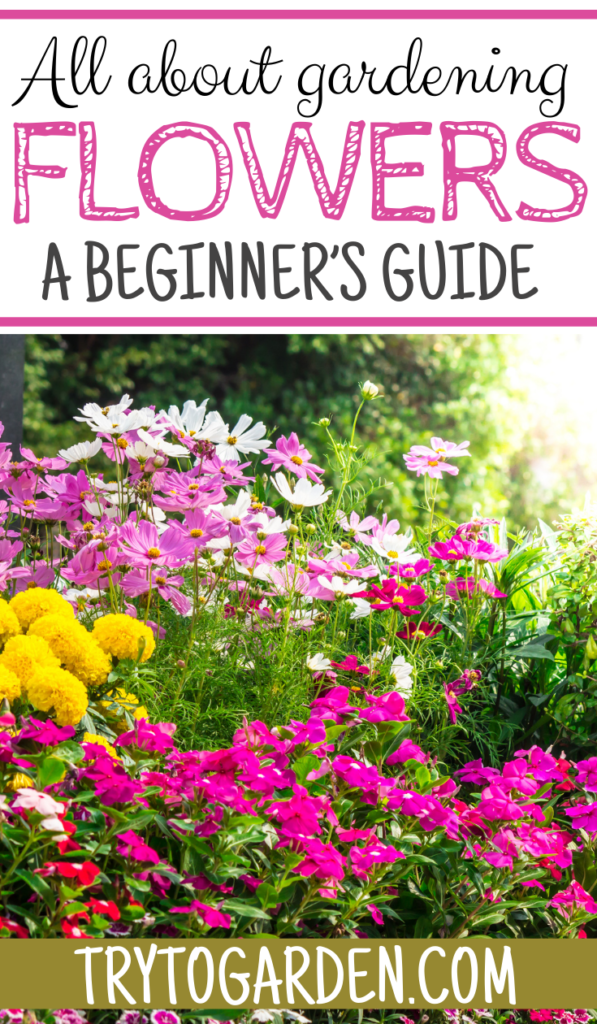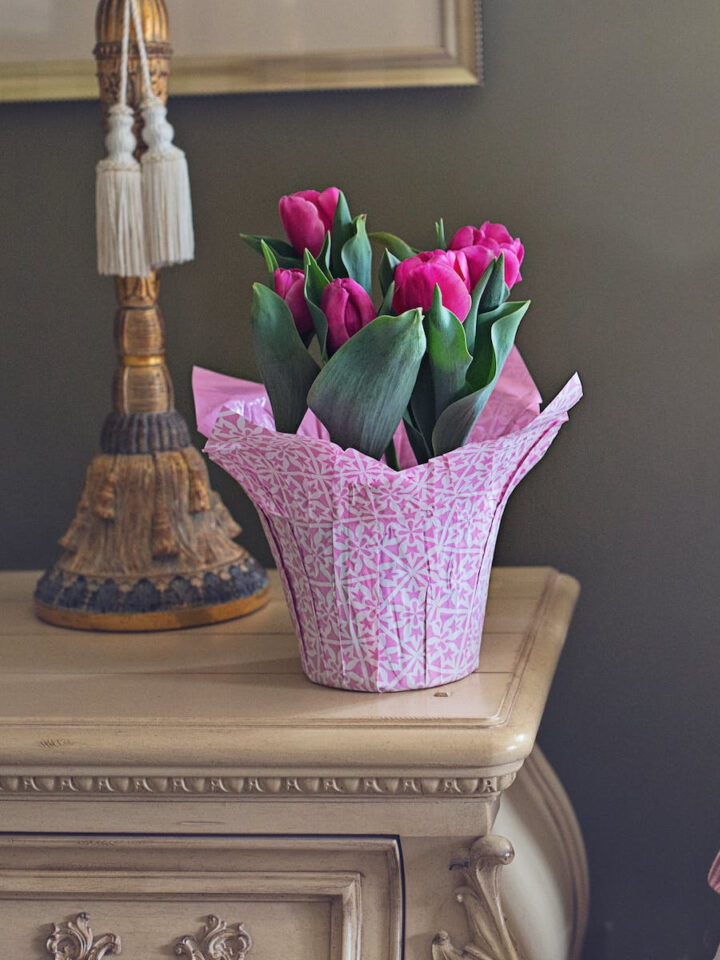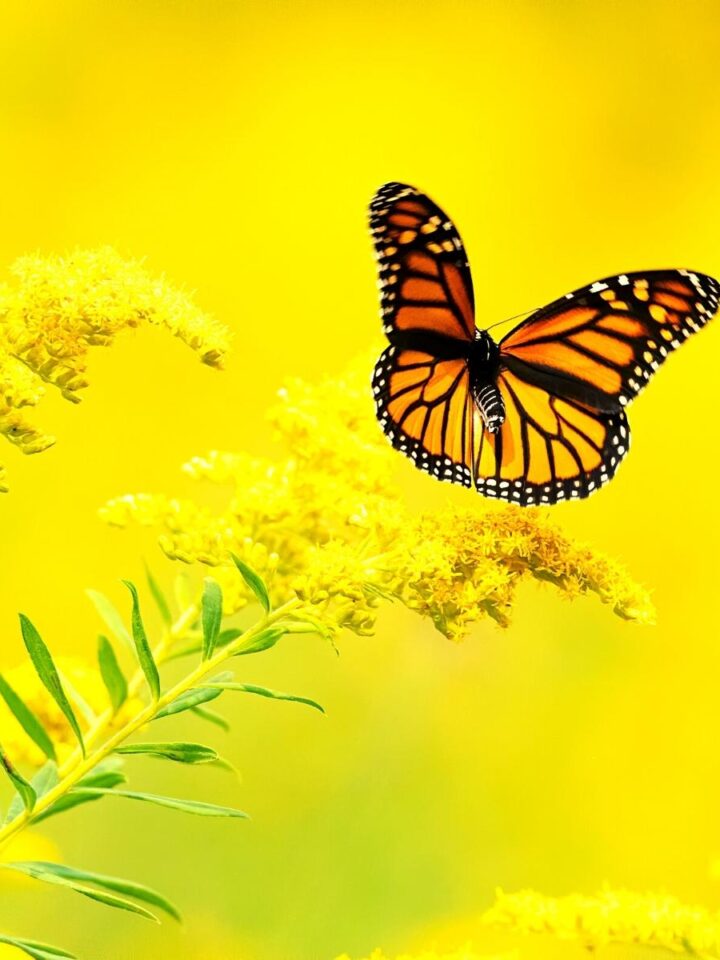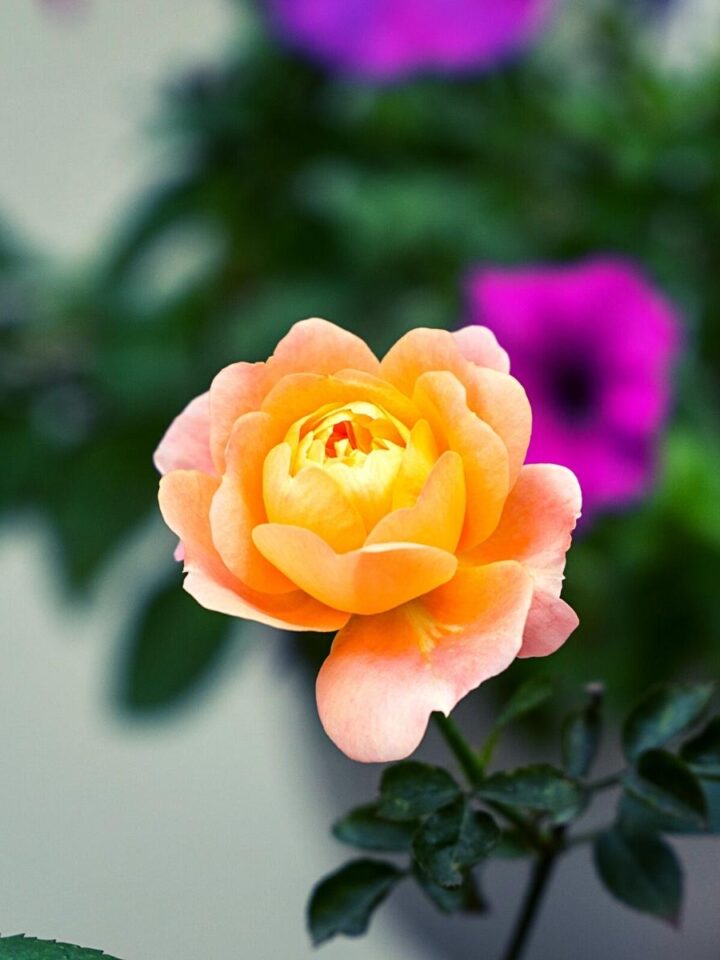This post contains affiliate links, which means I will make a commission at no extra cost to you should you click through and make a purchase. As an Amazon Associate I earn from qualifying purchases.
A Beginner’s Guide to Flower Gardening? The first thing you need to do is learn a little bit about flowers in general. You need to learn the difference between annuals and perennials, for example. Annuals need to be replanted every year, but perennials keep blooming year after year.
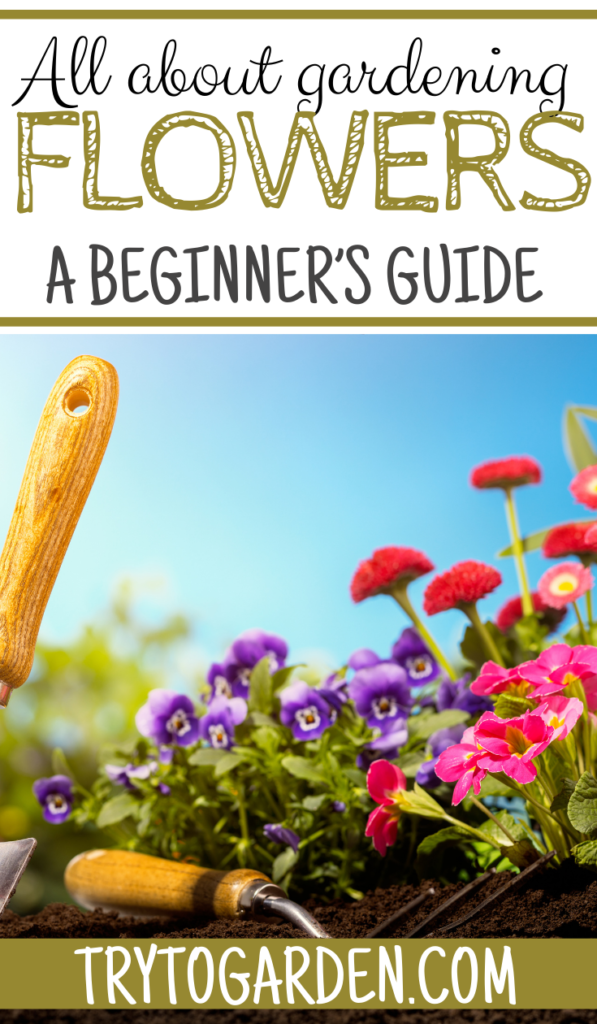
Always be sure to plan your flower garden carefully. You must choose flowers that will grow well in your area. You need to plan the location carefully, so your flowers get just the right amount of sun and shade for that variety. You also need to be sure your plants don’t get too much water, but they also need to receive enough.
A Beginner’s Guide to Flower Gardening
It can be confusing at first when you are thinking about adding color to your yard. It is nice to kind of think it out in advance and work your flowers so you have something blooming at all times!
How to plant your flowers
If your soil is sandy, you should add some compost and peat moss, because sandy soil won’t hold moisture very well. If you have clay soil, you’ll have to add some sand and compost to encourage better drainage. Compost is very, very important for any garden. Compost helps provide nutrients, and it also sets up an ideal drainage condition.
Be sure not to plant your flowers to deep. If you plant flowers too deeply, the water might end up draining away before it can reach the plant’s roots. Flowers don’t do well if they’re planted too deeply.
Mix it up
You should plant perennials and annuals together. Perennials will bloom every year. After a growth period during the spring and summer, they usually die during the winter, and they come back up the next spring.
Annuals only bloom for a single season. Perennials are usually grouped into early, mid, and late season bloomers. By planting a wide variety of these in your garden, you can be sure to have blooms all year long.
How to "deadhead" flowers
Every summer you’ll need to start clipping off dead blossoms. This is very important for annuals, especially. If you clip off dead blooms, annuals will bloom even more. Be sure to throw the clipped blossoms out far away from your garden so you don’t spread any diseases.
Bring on the bugs!
You should work to make sure you have some good beneficial insects in your garden. Not all insects are bad! Butterflies, bees, and beetles are critical to flower gardens for pollination. Your flowers won’t do very well without being pollinated!
Ladybugs, mantis, lacewings, dragonflies, and other insects help kill harmful insects. These insects prey upon other bugs like aphids, which can be hard to get rid of. You want to encourage beneficial insects to visit your garden and stay there.
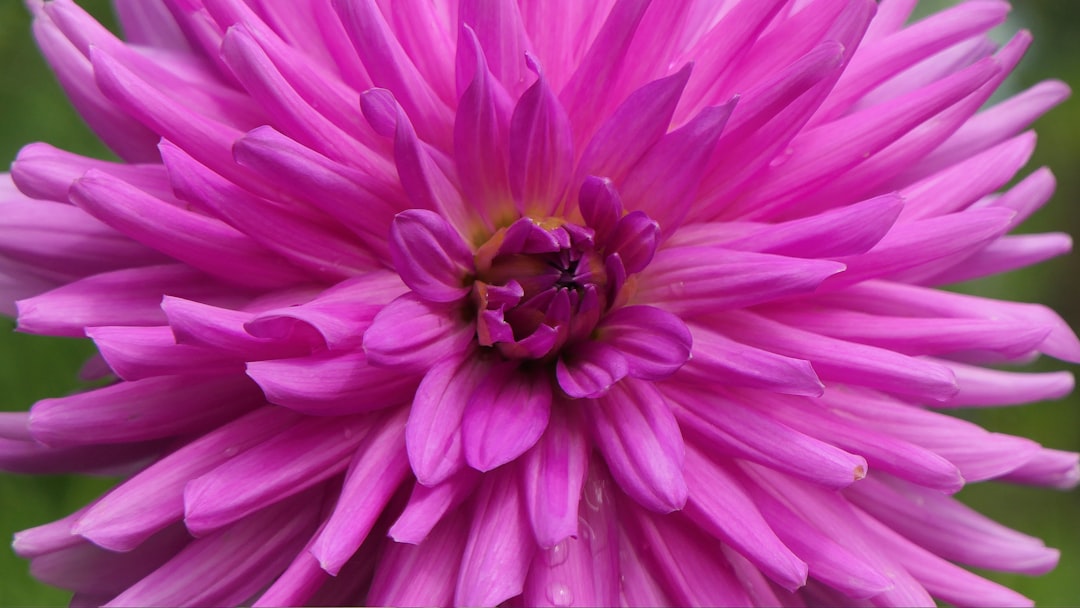
Popular Flowers for Flower Gardens
The flowers you choose for your flower garden will be based largely on personal preference, but you should also consider the rest of the plants in your landscape. Flowers should blend in well with the surrounding plants. Also, you should be aware of the different meanings and symbols of popular flowers.
Guide to Flower Gardening Favorites:
The most popular flower in the world is probably the rose. Roses are known around the world as a symbol of love and beauty. It’s been mentioned in plays, songs, and poetry. The red rose is especially romantic.
Other rose colors have different meanings. Yellow stands for happiness. White is for sincerity and innocence. Pink is a color that says, “Thank you.” Peach roses mean deal closing and optimism.
The lily is a very popular type of flower. The color and type of lily make a big difference to their meaning. Calla lilies are a symbol of beauty. White lilies symbolize purity. Tiger lilies symbolize wealth and pride. Beware of orange lilies – they symbolize hatred!
Daisies are quite popular. Gerbera daisies are extremely popular in flower gardens right now. Daisies stand for innocence, purity, and kindness. Lilacs are very popular for weddings because they symbolize new love. They’re also a very popular flower to give to new parents because they symbolize the first love between a parent and a child.
Tulips are a beautiful flower. They come in bold colors and they have a look that is very unique. Tulips generally signify fame and romance. Red tulips are meant for a declaration of love or passion. Yellow tulips signify hopeless love.
Orchids are very exotic flowers. In China, orchids are generally used to symbolize numerous children. In other cultures, orchids stand for love and refinement. Carnations are meant to signify health and energy, but the color makes a difference in the message.
Pink carnations are used to tell someone you’ll never forget them. Red is for true love and admiration. White carnations show innocence and pure love. Yellow carnations symbolize rejection or hatred.
Pansies are tasty, edible flowers that are often added to salads. They can also be used to decorate cakes. They symbolize loving thoughts. Daffodils are meant to show regard and respect, but also unrequited love.
Marigolds aren’t a good flower for happy gardens. They stand for grief, jealousy, anger, hatred, and cruelty. But they can also give comfort to the grieving. Violets generally stand for modesty, but the color does make a difference. Blue violets stand for faithfulness, loyalty, and watchfulness. White violets symbolize taking a chance on something, especially a relationship.
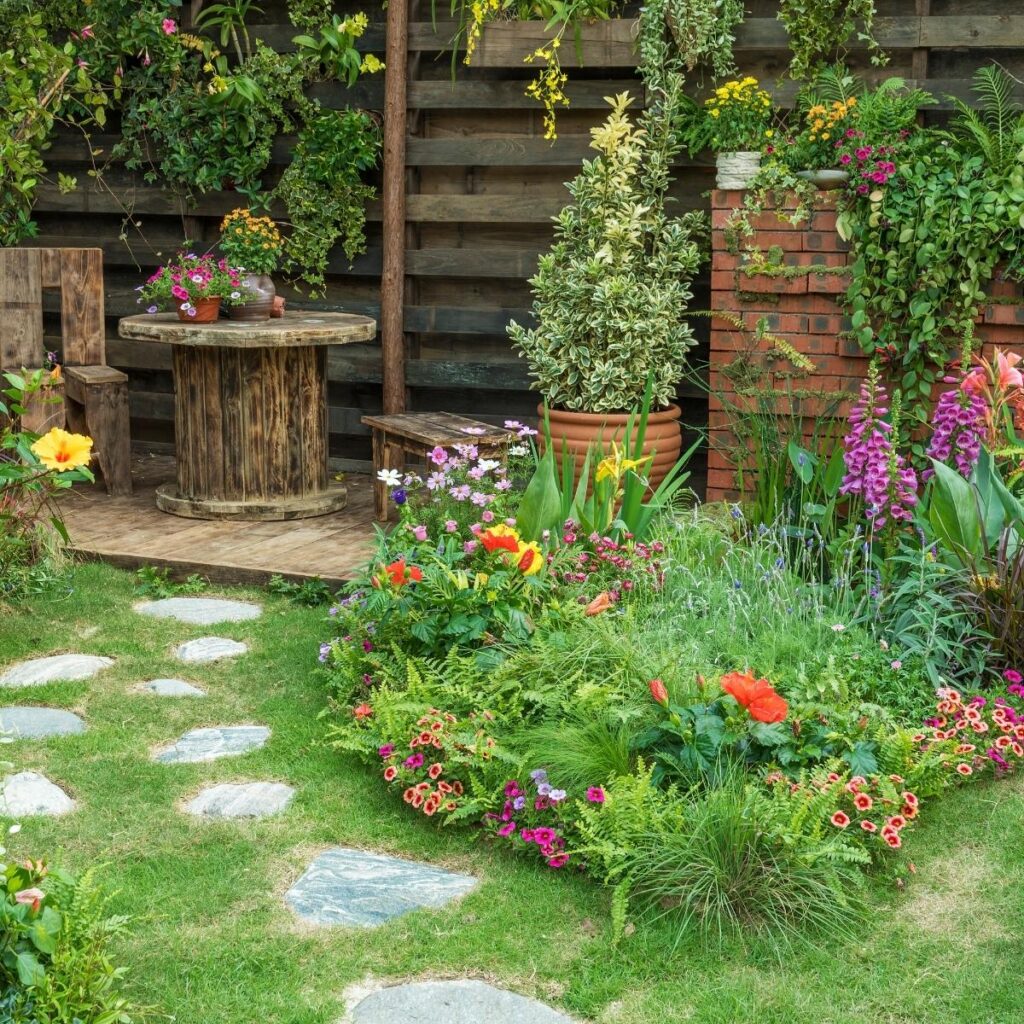
Think it out first
Remember to plan your garden carefully from the start. That is one of the hardest things to consider with our Guide to Flower Gardening. You can’t exactly move your flowers around very easily, so it’s critical to plan right from the start. You want to be sure to choose flowers in colors that complement each other.
You could group white, blue, and purple together. You could group pink and red. You could group red, yellow, and orange. You can add white to any color scheme, and red also goes well with almost any color. Color scheming is extremely important in flower gardens, because appearance is one of the most important parts of a flower garden.
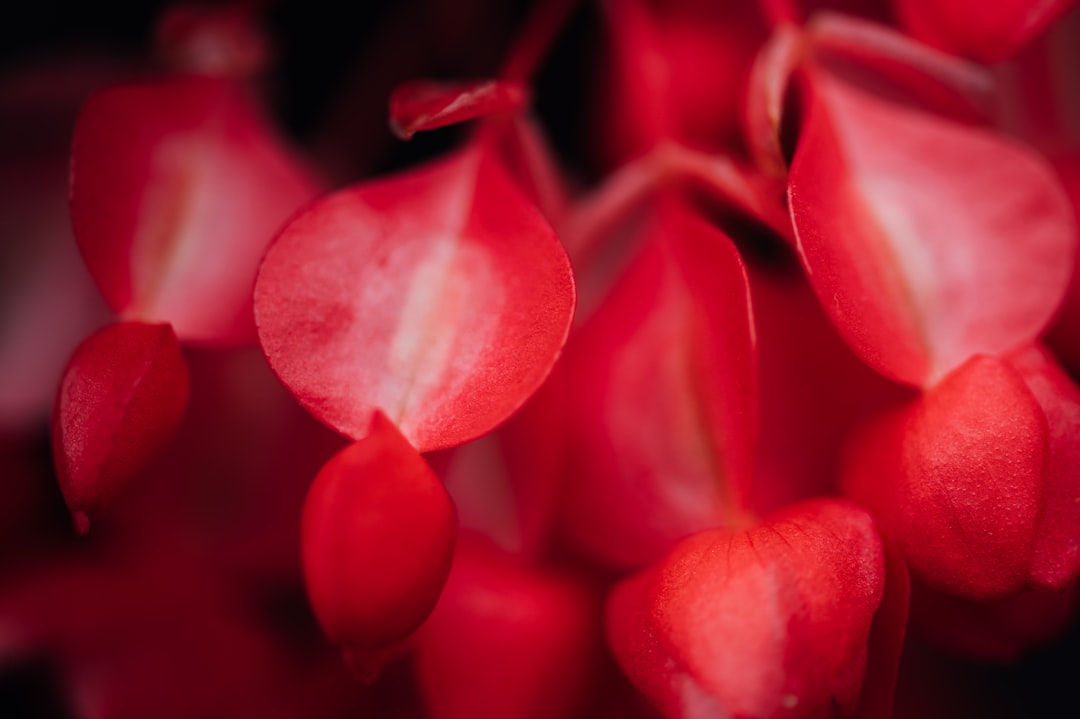
Guide to Flower Gardening: Flower Garden Design Tips
Designing your flower garden may seem like a scary prospect. Once you’ve planted your flowers, it might be a bit hard for you to tear them up if you don’t like the layout, so it’s very important to get it right from the beginning.
If you’re an artist, you may find it easy to come up with a great garden design. If not, you may struggle with deciding which colors to use, where to put everything, which varieties to use, etc. Many people have trouble making these decisions. But you don’t have to be an artist or a landscaping professional to design a beautiful flower garden!
Create an interesting texture
One of the most important parts of designing a flower gardening is texture. You need to use flowers in a wide variety of shapes and heights. You should include plants with various sizes of flowers, different leave shapes and sizes, etc. Variety is very important to the aesthetics to of your flower garden. It will be very boring if you have too many flowers that are extremely similar!
You need to keep the seasons in mind as you design your garden. You’ll probably want to work to keep your garden blooming for as much of the year as possible, but you may prefer to focus on a particular season.
What colors do you like?
If you want your garden to bloom mostly in the spring, you might want to choose pinks and purples, or you might want to go with classic tulip colors such as red and yellow. A lot of spring-blooming flowers are yellow, so that’s a very classic color for the season.
Whites and blues are very good for summer, and if you add red it will make a wonderful garden for the fourth of July! You can also use spring colors or fall colors in your summer flower garden.
Fall flower gardens should probably contain reds, yellows, and orange. These colors are wonderful for the fall, and look striking with the standard oranges and browns of the fall leaves. African Marigolds are wonderful for fall gardens.
Make your colors blend
You don’t have to stick with these colors, but you’ll definitely need to choose colors that go well together. You probably won’t want to mix blues, purples and oranges together, for example. You might wish to use a wide variety of colors together for a wildflower garden.
It’s fine to use a wide range of colors if you intend to go for the wild, natural look. But if you want a more refined or elegant garden, you need to be careful to choose colors that complement each other well.
Keep it interesting
You need to remember to vary the height of the flowers you plant. If you’re planting flowers near a border of some sort, like a fence or wall, then you should plant taller varieties in the back, gradually planting shorter and shorter flowers as you move forward. Then you should plant some sort of very low-lying ornamental grass in the front to act as a border between the flowers and the walkway.
When looking at our Guide to Flower Gardening, I want you to remember this one thing if you hate repeating yourself: You probably won’t want to plant solely annuals, because annuals need to be replanted each year. You should mix annuals in with perennials. After all, one of the best things about a flower garden is how relaxing it can be. If it’s too much work, it might not be so relaxing!
Guide to Flower Gardening: Protecting your flower garden from disease
Flowers are not immune from disease, and you should be prepared to take action to help your flowers if they fall prey to one of these diseases. Flowers can be attacked by all sorts of things, like bacteria, viruses, and fungi.
Fungi in your flower garden
Fungi can live dormant in the soil, even without plants, for quite a long time. Even if you grow your flowers in an area that’s been bare for a long time, fungi can still be there, waiting for you to plant something that it can attack. So don’t think starting with bare soil will protect your flowers.
Fungi are very difficult to kill because they reproduce through spores that can spread very quickly. A single plant infected with a fungus can spread up to 100 million spores! Some fungi can enter a plan through the roots, and some enter through the leaves. You need to work hard to get rid of a fungal infection completely so it won’t return.
Bacteria
Bacteria can’t live in bare soil for very long. They can’t grow and multiply without moisture and warmth. Bacterial infections are more prevalent in areas where the weather is warm and wet. Bacteria is often spread through things like overhead watering that causes water to splash up onto plants. Bacteria often get into a cut stem or leaf, so you should watch for damage to your plants.
Viruses
Viruses can’t multiply in the soil. They are only able to reproduce inside the cells of a plant. They are usually transmitted by insects, or they can infect seeds or pollen that can be spread to other plants. Viruses usually enter plants through cuts in the stems or leaves.
The most important thing to do to take care of your sick flowers is to properly diagnose the problem. You can use books or online resources to attempt to identify any problems. You’ll really need to have some sort of resource available that can help you identify any problems, because you won’t be able to properly treat your flowers if you don’t know what’s wrong with them.
You can also visit your local garden center or extension service to ask for advice. If you aren’t able to identify a problem on your own, you can visit one of these places to seek help. You can simply describe your problem, but it would be best to take in pictures of the problem if you can. Sometimes pictures can help much more than a description.
Go organic
If possible, you should try treating your flowers with organic methods first. Chemicals can sometimes damage your plants as much as the disease, and they’re also very bad for the environment. Don’t automatically go for those fungicides and chemicals, because you can often treat your problems organically.
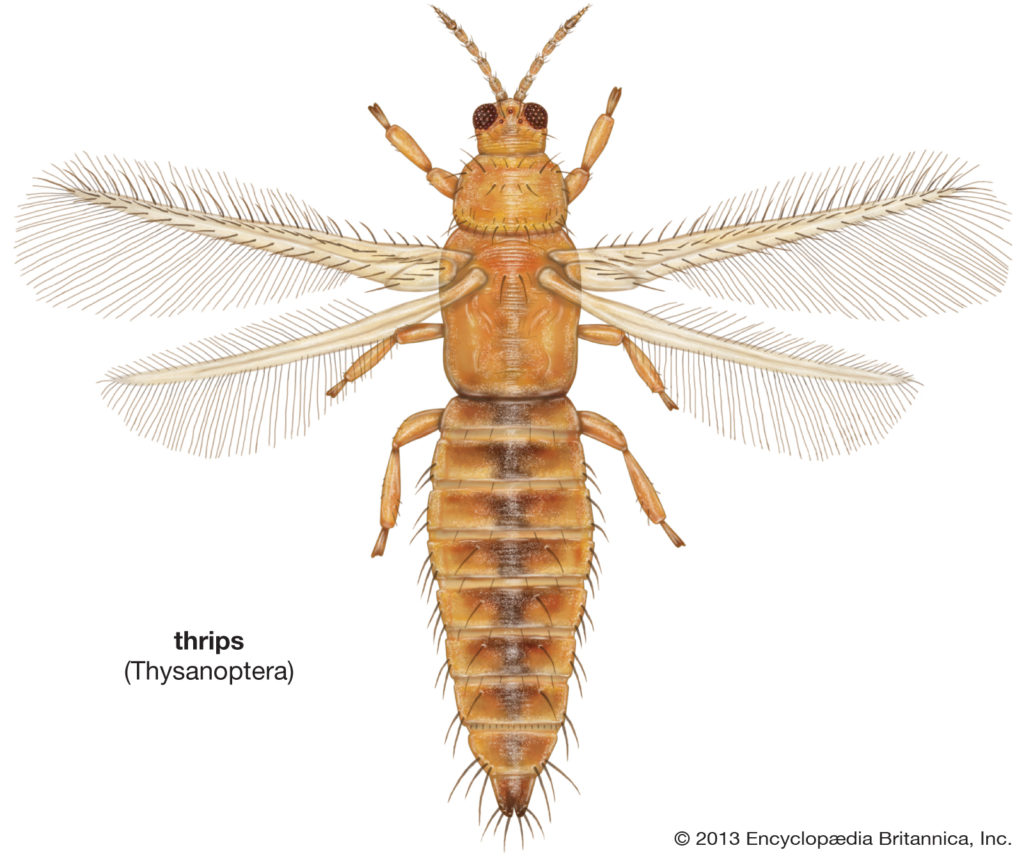
Some flowers are more delicate than others. Roses, for example, can be highly susceptible to a wide variety of problems. Roses can get a problem called black spot, blistered leaves, and flowers that won’t open due to bugs called thrips. Be sure to know what problems your flowers can be susceptible to, so you’ll already be prepared to take care of any problems by the time they occur.
Related Flower Gardening Posts
